Growth in Bakery Sector
The bakery industry is experiencing notable expansion, which significantly impacts the Calcium Propionate Market. As consumers increasingly favor baked goods, the need for effective preservatives becomes paramount. Calcium propionate is widely utilized in bread and other baked products to inhibit mold growth and maintain freshness. Recent statistics indicate that the bakery segment is anticipated to grow at a rate of around 3.8% annually. This trend suggests a robust demand for calcium propionate, as manufacturers strive to enhance the quality and shelf life of their offerings. The Calcium Propionate Market is thus poised for growth, driven by the bakery sector's increasing reliance on this preservative to meet consumer demands for safe and long-lasting products.
Rising Demand for Processed Foods
The increasing consumer preference for convenience foods is driving the Calcium Propionate Market. As lifestyles become busier, the demand for ready-to-eat and processed food products rises. Calcium propionate serves as an effective preservative, extending the shelf life of baked goods and other processed items. According to recent data, the processed food sector is projected to grow at a compound annual growth rate of approximately 4.5% over the next few years. This growth is likely to bolster the demand for calcium propionate, as manufacturers seek to enhance product longevity and safety. Consequently, the Calcium Propionate Market is expected to witness substantial growth, as food producers increasingly incorporate this additive to meet consumer expectations for quality and freshness.
Expansion of the Animal Feed Sector
The animal feed industry is witnessing considerable growth, which is positively impacting the Calcium Propionate Market. Calcium propionate is increasingly used as a feed additive to promote animal health and prevent spoilage in feed products. As livestock production expands to meet rising protein demand, the need for effective preservatives in animal feed becomes critical. Recent data suggests that the animal feed market is expected to grow at a rate of around 4% annually. This growth trajectory indicates a rising demand for calcium propionate, as feed manufacturers seek to enhance the quality and safety of their products. Consequently, the Calcium Propionate Market is likely to benefit from this expansion, as more producers incorporate this additive into their formulations.
Increasing Awareness of Food Safety
Heightened awareness regarding food safety and quality is influencing the Calcium Propionate Market. Consumers are becoming more discerning about the ingredients in their food, leading to a demand for safe and effective preservatives. Calcium propionate is recognized for its efficacy in preventing spoilage and ensuring product safety. As food safety regulations become more stringent, manufacturers are likely to adopt calcium propionate to comply with these standards. The market for food preservatives is projected to grow significantly, with estimates suggesting a rise of approximately 5% annually. This trend indicates a favorable environment for the Calcium Propionate Market, as food producers prioritize safety and quality in their products.
Technological Advancements in Food Preservation
Innovations in food preservation technologies are shaping the Calcium Propionate Market. Advances in processing techniques and preservation methods are enabling manufacturers to enhance the efficacy of calcium propionate as a preservative. These technological developments may lead to improved formulations that maximize the benefits of calcium propionate while ensuring compliance with safety regulations. The food preservation market is projected to grow at a compound annual growth rate of approximately 4.2%, indicating a favorable outlook for the Calcium Propionate Market. As companies invest in research and development to optimize preservation methods, the demand for calcium propionate is likely to increase, reflecting the industry's commitment to quality and safety in food products.
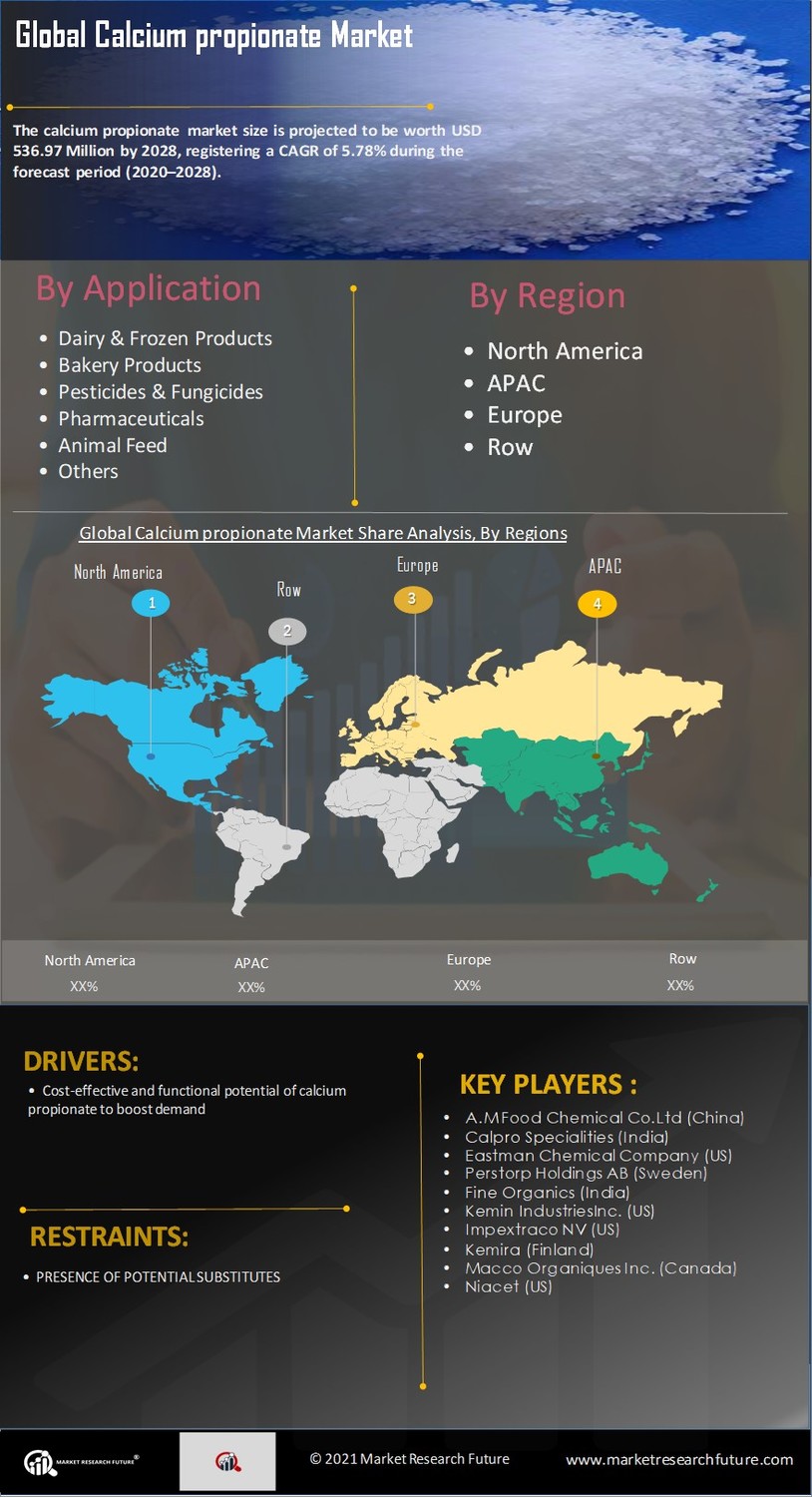

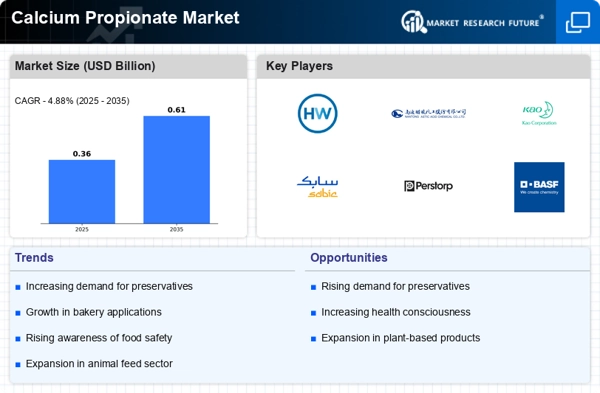
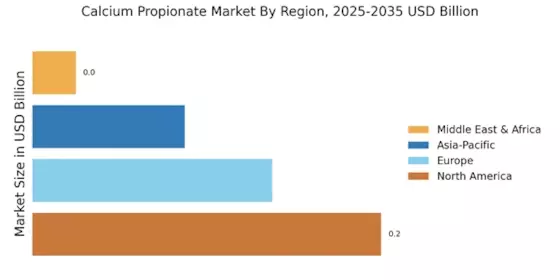
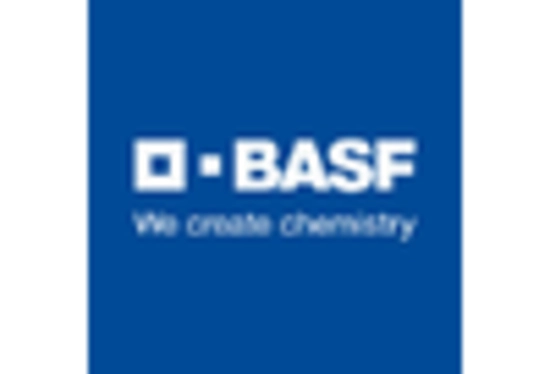
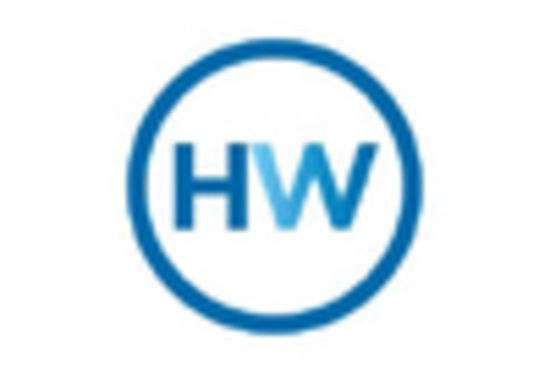
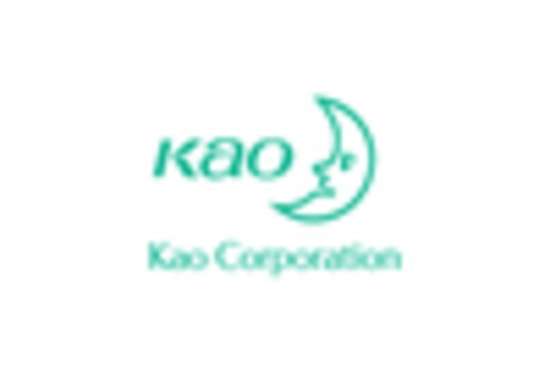
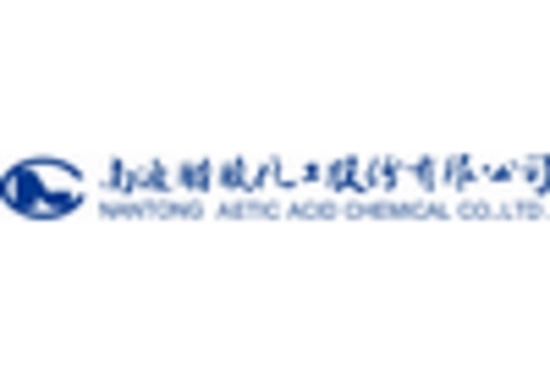
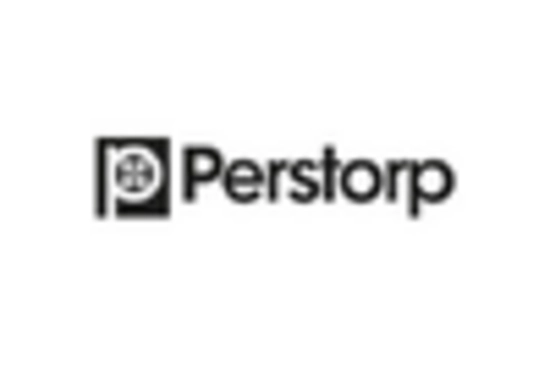









Leave a Comment